Endowments, Endowments… Did I Say Endowments?
For those of us who have a pension for planned giving and/or involved with nonprofit finances, the critical nature of endowments has always been ever present in our thought processes. It's where people can make their largest gifts and tend to want to match their desire and hopes for the organization with longevity. And yet, we are still struggling to get people and foundations/trusts to embrace giving to endowments.
The Chronicle of Philanthropy had an interesting article (https://www.philanthropy.com/article/more-than-two-thirds-of-foundations-dont-make-endowment-grants) recently on how more than 2/3 of foundations who give away $5 million or more, a sample size group, do not allow gifts to endowments for the charities that apply for grants. The study by The Center for Effective Philanthropy, conducted in September through November of 2023, found that only 31% of foundations would support a nonprofit’s endowment. And for those foundations that do allow grants into endowments, more than half of the nonprofits were related to museums and arts organizations.
Why write about this?
I started my career in secondary private school education nearly 25 years ago. The greatest long-term threat to this segment of the nonprofit industry was (and remains) the cost of tuition…the limiting factor for a family to consider a private school. And at that time, at a really good institution, the cost of tuition (without scholarship) was $7,000 per year. How nice does that sound now?
At the time, we began talking about how we would want to endow individual faculty positions, like many larger universities were starting to do, as well as immense scholarship endowments to ensure financial viability for families. I was always startled when I would talk to my fellow philanthropy leaders at other schools that they weren't having these conversations. And I almost never heard about endowment efforts at conferences other than institutions of higher learning, colleges and universities.
I was so enamored with this, I would talk about the importance of endowments in healthcare, social services, and any other nonprofit. I would argue that future options and viability would come down to who had endowments and who didn't. I think I've been pretty consistent about the importance of this.
Then the pandemic hit. And the organizations who had the best financial position, those with endowments and reserves, survived beautifully. And the importance of endowments, in particular as it relates to the inflationary pressures over the last couple of years, has grown exponentially in terms of conversation and concern.
That is why this article was so distressing. If larger funders won't consider endowments, we're left with hand to mouth fundraising that's totally transactional. And whether you're in education, hospitals, social service, etcetera, costs are getting to a point where affordability becomes a major challenge. And endowments don't just pop up out of nowhere. They take time to be established and to grow.
Those without endowments, or higher levels of invested funds, are not in deep trouble today. At least from not having the reserved funds. But in another 20 years or so, I fear deeply that those without the operating reserves, endowing major parts of the programmatic offerings and ensuring funded depreciation for buildings/structures will price themselves right out of business. It will cause immense stress for boards and leadership who will look back on the last 20 years, to today, and the 25 years before and wonder why someone didn't address the need for endowments when things were more manageable, easier to embrace, and would allow the time value of money to work its magic in creating larger reserves and endowed funds.


